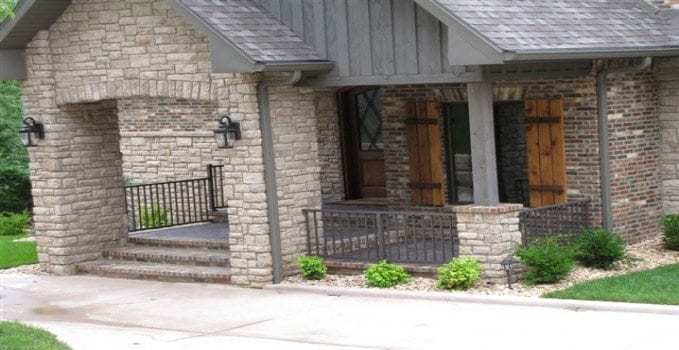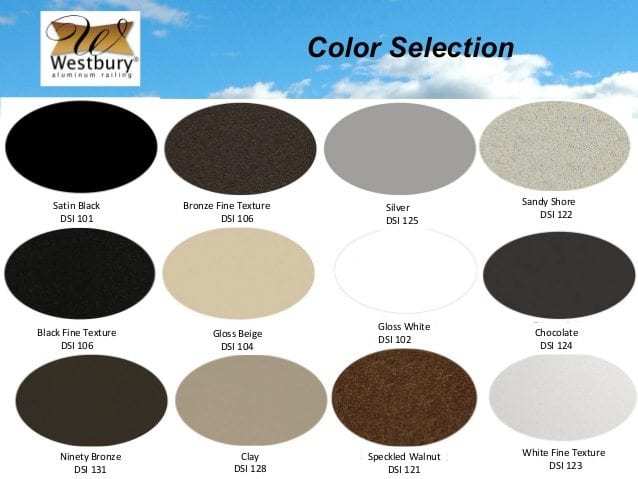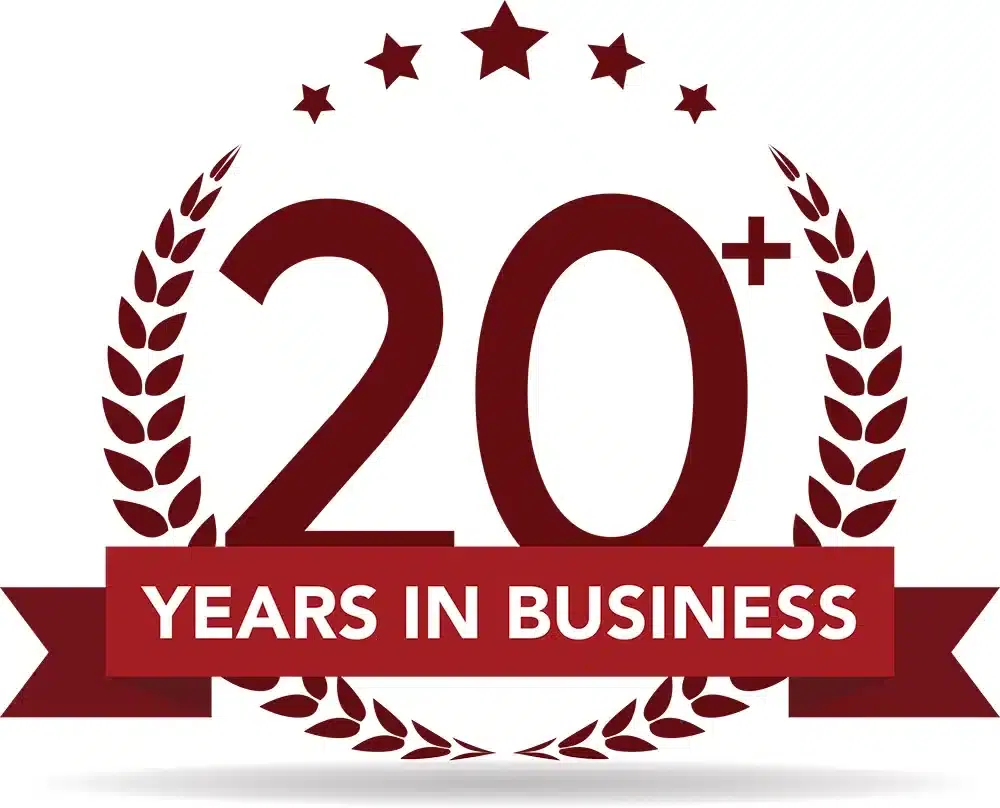MMC Blog
How Powder Coating Works
Powder coating is deceptively effective. Unlike other forms of powder (baby powder, powdered sugar, face powder), the powder that coats metal railings and fences is part of a thorough, scientific process. Electrostatic charges, alkaline cleaners, osmosis water rinses, and a curing oven are all a part of the extensive operation. When the product arrives at your door – ready to go, maintenance free, and strong enough to withstand brutal conditions – you’ll wonder why anyone ever paints a fence or railing. Maybe instead of tricking his friends into painting his aunt’s fence, Tom Sawyer should have convinced her to buy a powder-coated replacement! Scroll down to learn how powder coating works and why we love it so.
How Powder Coating Works
So how do you get a powder to thoroughly and evenly coat a metal part? You apply an electrostatic charge to hold the powder against the part before adding heat, which melds the powder together and cures it. Now that you understand the basic idea, let’s delve a little deeper into the process . . .
The Preparation Process
The first nine steps of the powder-coating process prepare the pieces for the coating. The process is entirely automated (using a conveyor belt) following the first step, in which the parts are inspected for defects.
During the preparation stage, the parts are meticulously cleaned and dried. For example, the parts are cleaned several times: once with an alkaline cleaner, once with a city water rinse, once with a recalculating reverse osmosis water rinse, and twice with a fresh reverse osmosis rinse. In addition, the parts are pretreated with a titanium and zirconium conversion coating with a fluoride additive.
To dry the parts after all these rinses and treatments, an air-knife forces off the air droplets using a blast of air running at 200 miles per hour. Finally, a dry-off oven will evaporate any moisture remaining. The drying process is crucial, because any leftover moisture could ruin the application process.
The Powder-Coating Process
After those nine initial cleaning, rinsing, and drying steps, the parts are finally ready for paint. Several automatic guns apply the paint to the parts – in powder form, of course. The tiny particles have an electrostatic charge, which strongly attracts them to the parts. They have a negative charge (applied by the spray guns), and the parts are grounded. The opposing charges attract one another, creating a strong bond.
To solidify this bond, the conveyor belt moves the powder-coated part to the curing oven. Here, high heat is applied to gel, cross-link, and cure the powder. In the end, the product will have a long-lasting, smooth, even, and beautiful coating.
Benefits of Powder Coating
- It requires no maintenance. Unlike a painted fence or railing, a powder-coated product requires no maintenance. You won’t need to repaint it, reapply the powder coating, stain it, seal it, or otherwise treat it.
- It offers extreme durability. Over the years, your powder-coated fence or railing will not blister, peel, rust, or crack. Through the seasons and the years, it will retain its beauty. Plus, your warranty will protect against any of these concerns (in addition to unexpectedly quick fading). Designed to last the entire lifetime of your fence or railing, you can count on powder coating.
- It is environmentally friendly. The powder-coating process wastes precious little water. In addition, some of the water used can be treated and reused at a waste water treatment facility. Plus, unlike liquid paint coatings, powders don’t emit dangerous volatile organic compounds (VOCs).
- It comes in many different colors. Although most people stick with standard colors like the ones you see in the image below (black, white, tan, brown), you can select any color of the rainbow for your powder coating. Many companies (including Digger Specialties, which supplies MMC’s fencing and railing products) can create custom colors of powder coating. If you can dream it, they can produce it.
Standards and Certifications
To assess the quality of a company’s powder-coating finish, explore its certifications. The American Architectural Manufacturing Association (AAMA) creates specifications for architectural coatings. AAMA 2603 proves the least difficult to attain, AAMA 2605 requires strict adherence to stringent criteria, and AAMA 2604 lands somewhere in the middle. A third-party test laboratory conducts the testing, which involves 10-15 test procedures (depending on the standard) every 18 months.
The Powder Coating Institute (PCI) created a certification program as well, the PCI4000. Using a 164-point criteria, an experienced auditor inspects and scores powder-coating application systems. To receive certification, a system must meet a minimum score of 725.
Before selecting a railing or fence, in addition to exploring the warranty and procedure, ask the company if their products’ powder coating meets AAMA or PCI standards.
_____
Finally, if you’re interested in purchasing a premier aluminum powder-coated railing, look no further than MMC Fencing & Railing. In our online store, you’ll find a variety of aluminum powder-coated railings, including the Tuscany, Riviera, Montego, and Veranda styles. Beautiful, classic, and virtually maintenance-free, these Westbury railing systems will add a lasting value to your home. If you have any questions, please give us a call at 1-866-931-5002 or click here to request a quote. We look forward to hearing from you!




